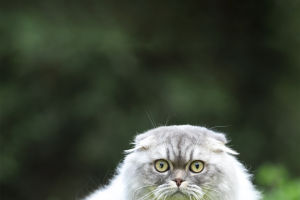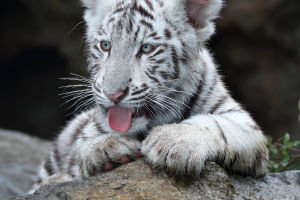When you think of Australia, the first thing that comes to mind of many friends is the tall kangaroo jumping in the bushes. As Australia's national treasure, the kangaroo is one of Australia's symbols, and its figure has been engraved into the national emblem.
Kangaroos, like emus, were placed on Australia's national emblem in 1908 because they couldn't walk backwards, symbolizing the spirit of moving forward and never backing down. Therefore, in Australia, kangaroos are ubiquitous.
In addition to appearing on the national emblem and currency, they are also used by some well-known Australian companies and organizations.
Living in Australia, going out and strolling casually, we encountered more kangaroos than people. Kangaroos are also known as boxing masters, which is called their unique way of moving.
Kangaroos are larger. The weight of red kangaroos can reach more than 200 kilograms. When standing upright, their height ranges from 130cm to 160cm. Their hind limbs are very strong and their tails are also very thick.
Of course, there are also smaller wallabies, ranging in height from 50cm to 100cm. No matter what kind of kangaroo, they move in the same way, using their powerful hind legs to jump move, can jump up to 4 meters high and can jump as far as 13 meters.
Kangaroos can be said to be the veritable high jump and long jump champions in the mammal world.
Kangaroos don't walk, they just jump, or gallop along with the help of their front and back legs. Kangaroos have thick, long, muscular tails. It not only supports the kangaroo's body when it is resting but also helps the kangaroo jump faster and farther when the kangaroo jumps. Kangaroos can run very fast with their lower limbs jumping, reaching a speed of more than 50 kilometers per hour.
Kangaroos are herbivores and usually live in groups, sometimes as many as hundreds. They are nocturnal animals and usually come out for food a few hours after the sun goes down. Kangaroos live on the grass close to the ground, leaving long grass and hay for other animals. Individual species of kangaroos also eat leaves or small tree teeth.
Most kangaroos are endemic to Australia, but some tree kangaroos live on the island of New Guinea. The most famous kangaroo is the red kangaroo, which lives in the dry regions of Australia. Since the kangaroo's food contains a lot of water, he can survive in areas without running water. Red kangaroos are actually only red in males and grey-blue in females.
Generally speaking, large kangaroos have high adaptability to human development in Australia. By contrast, many of their smaller relatives face greater existential threats and are fewer in number. There is currently no large-scale kangaroo farming industry. But wild kangaroos are hunted and made into meat, and the industry is also controversial.
Land reclamation has led to extensive loss of habitat for these wallabies, and the massive expansion of agriculture has posed a significant existential threat to the Wallabies.
At the same time, this relatively slow-moving small animal also faces the threat of natural predators and bushfires. The current remaining population of rat kangaroos is very small, which means they are vulnerable to extinction.


